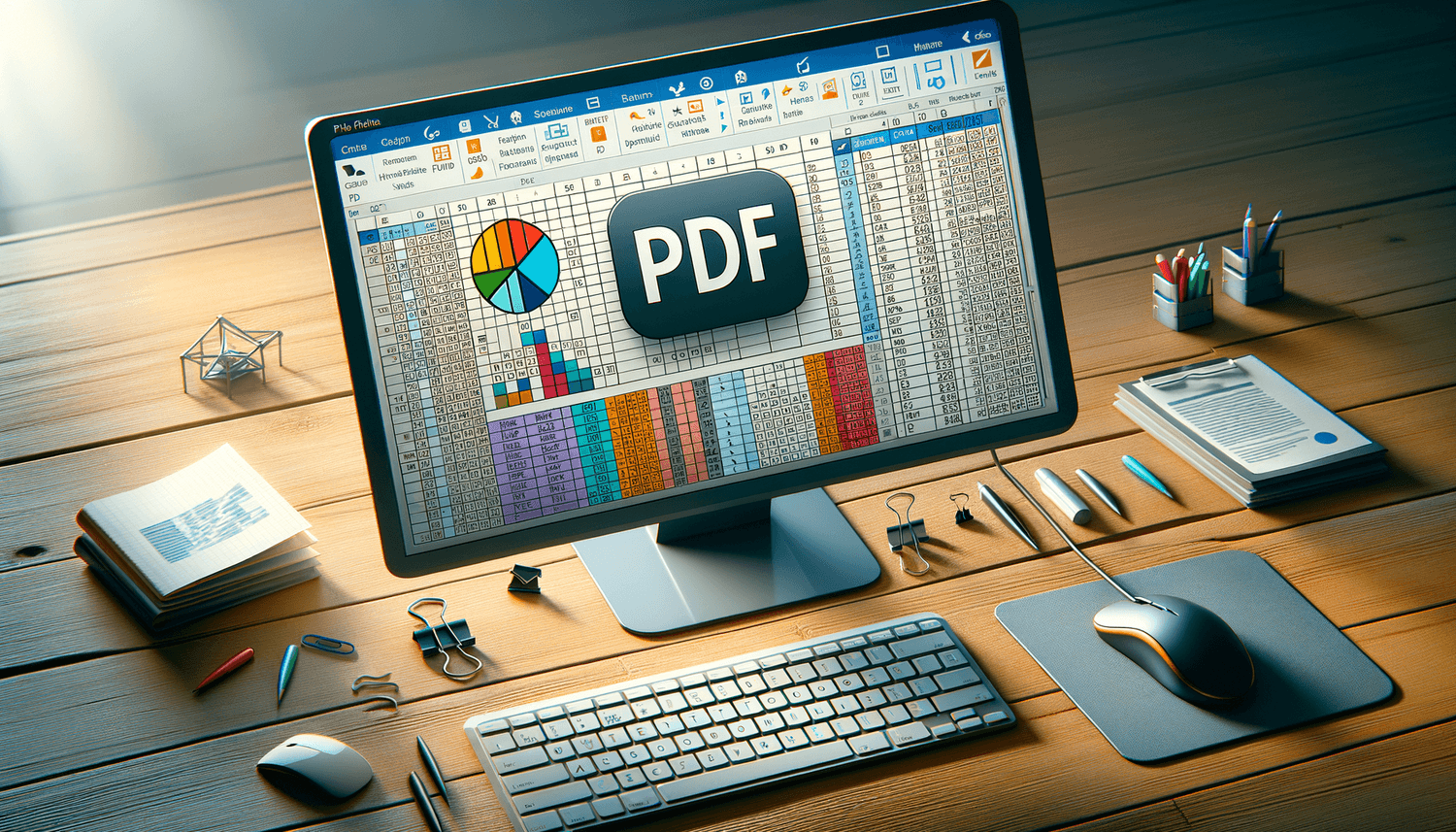Save All Excel Sheets as PDF: A Quick Guide

In today's digital era, managing documents efficiently is crucial for both productivity and organization. Excel, being one of the most widely used applications for data manipulation and analysis, often results in a plethora of sheets that need to be shared or archived. However, sharing an Excel workbook with multiple sheets can lead to confusion or loss of formatting when users view the workbook on different devices or software versions. One effective solution to this problem is converting Excel sheets to PDF format. PDFs are universally accessible, maintain consistent formatting across devices, and are typically more secure against editing. Here’s a comprehensive guide on how to save all your Excel sheets as PDFs, ensuring your data remains intact and universally accessible.
Why Convert Excel Sheets to PDF?

Before diving into the methods, it’s useful to understand the benefits of converting Excel sheets to PDF:
- Preserves Formatting: PDFs keep your data exactly as intended, maintaining font, size, color, layout, and charts.
- Universal Compatibility: PDFs can be viewed on virtually any device without additional software requirements.
- Security: PDFs can be password-protected, preventing unauthorized changes.
- Reduction in File Size: Compared to large Excel files, PDFs can often reduce the file size, making them easier to send via email or store.
Method 1: Using Microsoft Excel’s Built-in Feature

Microsoft Excel has a straightforward way to convert sheets to PDF:
- Open your Excel workbook.
- Click on the ‘File’ tab in the ribbon.
- Select ‘Save As’. In the ‘Save as type’ dropdown, choose ‘PDF (*.pdf)’. This option is available in recent versions of Excel.
- Before saving, ensure you check the ‘Options’ button:
- Select ‘Entire workbook’ if you want to convert all sheets.
- Adjust PDF settings like optimization for screen or print.
- Provide a file name, choose a location, and click ‘Save’.
⚙️ Note: If your workbook contains VBA or complex Excel features, ensure they are compatible with PDF conversion.
Method 2: Adobe Acrobat’s Export Tool

Users with Adobe Acrobat can leverage its powerful PDF conversion tools:
- Open your Excel workbook.
- Open Adobe Acrobat and go to ‘Create PDF’.
- Select the Excel file from your computer.
- Acrobat will create a PDF from the Excel file, and you can choose to combine all sheets or save them separately.
- Modify the settings if necessary, then click ‘Save PDF’.
Acrobat provides additional PDF editing capabilities post-conversion.
Method 3: Online PDF Converters

If you’re looking for a method without installing additional software, online tools like Smallpdf, PDF2Go, or ilovepdf come to the rescue:
- Go to the website of your chosen PDF converter.
- Select the ‘Excel to PDF’ or similar option.
- Upload your Excel file. Many services support large files and multiple sheets.
- Choose the settings or options for the conversion, such as compression or output quality.
- Download your PDF after the conversion completes.
What to Consider Before Conversion

- Data Integrity: Complex formulas might not be preserved, although the data will remain.
- Interactive Elements: Macros, dropdowns, and other interactive elements won’t be functional in a PDF.
- File Security: Be cautious when using online converters, especially with sensitive data.
- Compatibility: Ensure the tool you choose supports your version of Excel.
Advanced Tips

- Batch Conversion: Some tools allow batch conversion, which can be a time-saver if you have numerous files.
- Customizable Settings: Look for converters that offer detailed settings for image quality, optimization, and security.
- Automate with VBA: If you’re comfortable with VBA, you can create a macro to automate the PDF conversion process for regular tasks.
The transformation of Excel sheets into PDFs offers a multitude of advantages from maintaining the integrity of your data, ensuring universal accessibility, to enhancing document security. Whether you use Excel's built-in features, Adobe Acrobat, or online tools, the methods outlined above provide a quick and effective way to preserve your data in a universally readable format. By understanding how to convert your Excel workbooks efficiently, you ensure your work remains accessible, professional, and secure, no matter where or how it's shared.
Can I Convert Multiple Excel Sheets to PDF Separately?

+
Yes, with Adobe Acrobat, you can convert sheets individually or combined. Also, some online converters allow you to choose which sheets to convert into separate PDF documents.
What Happens to Complex Excel Features During PDF Conversion?

+
While the visual layout will be preserved, interactive features like macros, dropdowns, and formulas won’t function in a PDF. The data, however, will remain in the document.
Is Online Conversion of Excel to PDF Safe?

+
It’s generally safe, but you should consider the confidentiality of your data. Look for services that delete files after conversion, offer encryption, or provide secure conversion options.
Can I Password-Protect PDFs Created from Excel?

+
Yes, most PDF converters, including Adobe Acrobat, allow you to set a password to open or edit the PDF, enhancing document security.
Are There Free Alternatives to Adobe Acrobat for Excel to PDF Conversion?

+
Yes, several online tools like Smallpdf, PDF2Go, and ilovepdf provide free services with limitations, such as file size or number of conversions per day.



